
Diseases and pests of Bergenia
Identification, prevention and natural treatments
Contents
Bergenias, or young plants, are known for their ease of cultivation, natural tolerance, and great resilience to even challenging growing conditions : severe frosts, poor soils, chalky soils, shaded situations… They are also robust perennial plants, considered insensitive to parasitic issues and diseases. However, you may encounter a few minor problems when cultivating your bergenia, especially when it is in a pot.
Let’s explore which diseases or pests can affect bergenias: how to identify them, what preventive measures to take, and natural care solutions for healthy plants.
Otiorhynchus larvae
Otiorhynchus beetles are small beetles belonging to the weevil family. They are black, measure about 1 cm long, and are equipped with elytra (a type of wing), antennae, and a rostrum.
The presence of adults is indicated by notched perforations or shearing marks they leave on the leaves of plants as they nibble on them. Their bite is often compared to lace cutting.
While the damage caused by these adult insects is mainly aesthetic, especially on a healthy plant, their larvae are much more formidable. They are white to cream in colour, have a stout, incurved body, and a brown head. Also known as “white grubs,” these pests feed on the rhizomes and roots of Bergenia. A larval attack can ultimately halt the plant’s growth, cause wilting, and eventually lead to its decline.
Otiorhynchus eggs are laid in hundreds in the soil by the female at the beginning of summer. Hatching occurs a few weeks later, between late summer and early autumn. The larvae can then remain active until the following spring. They feed while staying warm and protected in the soil before pupating and transforming into adults.
In open ground cultivation in the garden, a good balance ensuring the presence of natural predators usually helps to eliminate these pests spontaneously. However, in pot cultivation or in confined spaces like a greenhouse, the larvae will be much better protected and able to develop at the expense of the plant.
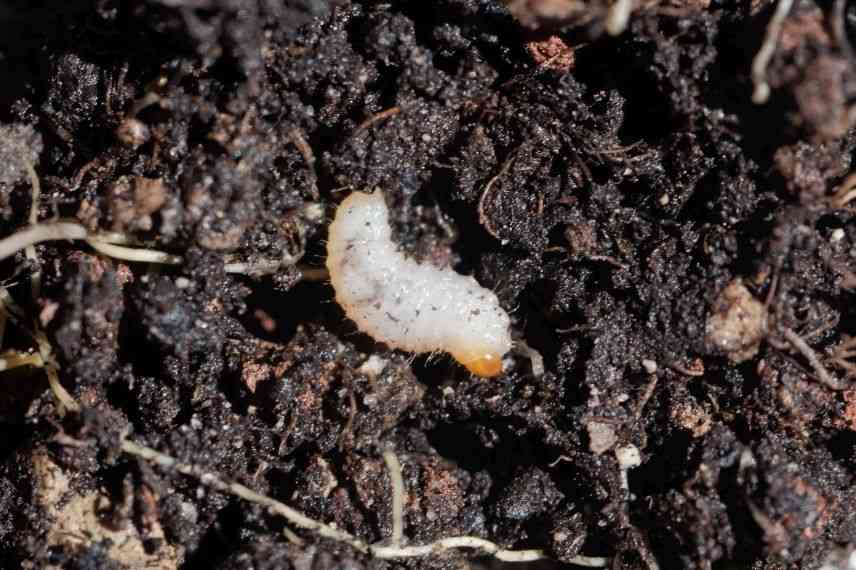
Otiorhynchus larva
Prevention
When purchasing your Bergenia, always choose healthy, vigorous plants whose leaves show no signs of nibbling. Also, inspect the root ball to check for the presence of Otiorhynchus larvae. Signs of damaged or hollowed roots should alert you.
Dry and warm conditions are also conducive to the establishment of Otiorhynchus. Therefore, apply mulch at the base of your Bergenia to better retain moisture and keep the soil cool for longer, which is less favoured by the larvae.
Some gardeners also recommend hoeing around the base of the plant in spring to expose any larvae and allow predators, such as blackbirds or hedgehogs, to eliminate them.
We often repeat this, but a naturally balanced garden, conducive to biodiversity, will often regulate pest attacks by itself. So, do not hesitate to encourage and sustain the presence of beneficial organisms. For example, you can install a natural hedge, cultivate a fallow area, create a woodpile, and set up feeders, water sources, nesting boxes, insect hotels, etc.
For further reading: “A natural hedge to enhance biodiversity.”
Finally, it is often the weakened and older plants that fall victim to these pests. Therefore, consider dividing the stump of your Bergenia after 4 to 5 years of cultivation and at the first signs of weakening (slowed growth, reduced flowering, etc.).
And, of course, avoid replanting a Bergenia in an area that has previously suffered from the presence of Otiorhynchus.
Natural Solutions
At the first signs on the foliage indicating the presence of adults, you can manually “collect” the pests. Ideally, do this in spring, before the adults can reproduce. Being nocturnal, the Otiorhynchus will only show its antennae at dusk, making it easier to spot with a torch.
Biological control is the most natural and effective solution to get rid of Otiorhynchus. For this, use a spray of nematodes, small round worms that naturally parasitise the larvae by devouring them from the inside. Specifically, you can find packets containing nematode larvae in specialised shops, garden centres, or online, which you simply dilute in water. Ideally, intervene in spring or late summer, at the beginning or end of the day. The development of nematodes is rapid, generally effective within ten days. Apply to moist soil at a temperature above 12-13°C. This natural treatment is effective both in the garden and in pots.
For further reading, feel free to check our articles: “How to get rid of Otiorhynchus?” and “Biological control, beneficial nematodes: how to use them properly?
Gastropods
On no longer needs to introduce snails and slugs, greedy pests capable of decimating a row of young salad plants overnight. However, these gastropods can also attack the young leaves of bergenia in spring, when vegetation starts to grow again.
The tender leaves are particularly appreciated and can quickly be devoured by these unwanted guests. The damage may be limited to aesthetic consequences, but it can also weaken a young plant and impact its growth.

Snail on bergenia leaf
Prevention
If you have chickens or Indian ducks, feel free to let them roam in the garden, where they will happily help you get rid of these slimy crawlers.
Again, encouraging biodiversity and the natural presence of predators in the garden, such as birds, hedgehogs, or toads, will help limit the development of pests.
Natural Solutions
Although they are not favoured by gardeners, these gastropods are nonetheless essential to the natural balance. Our goal will therefore be to regulate their presence.
Ash or diatomaceous earth spread at the base of plants, coffee grounds sprinkled, crushed eggshells, copper wire installed… There are almost as many natural solutions as there are gardeners to combat snails and slugs. These methods can prove effective in reducing the progression of gastropods or encouraging them to target other plants in the short term, especially during dry weather. However, most will need to be reapplied regularly, particularly after rain.
Manual collection at dusk is also an effective way to combat snails and slugs.
Spraying specific plant manures may also have a repellent effect against gastropods. Use in the evening or morning on a dry day. Find all our tips in the dedicated articles “How to make wormwood manure?”, “How to make rhubarb manure?” and “How to make fern manure?”.
More drastic, beer traps are reputed to be very effective for attracting and getting rid of these unwanted guests, who end up drowning in them.
Finally, there are also anti-slug and snail baits, suitable for organic farming. Note that this treatment is not recommended in the presence of pets or children.
Discover other Bergenia
View all →Available in 0 sizes
Available in 3 sizes
Available in 1 sizes
Available in 1 sizes
Available in 2 sizes
Available in 1 sizes
Available in 2 sizes
Available in 1 sizes
Available in 2 sizes
Available in 1 sizes
Fungal diseases
Fungi causing cryptogamic diseases can attack bergenias, whether in the ground or in pots.
One of the most common is anthracnose, which is identified by the presence of dark spots and even deformation of the foliage. The damage is primarily aesthetic, but in cases of severe infestation, affected plants may lose their leaves, slow their growth, and weaken.
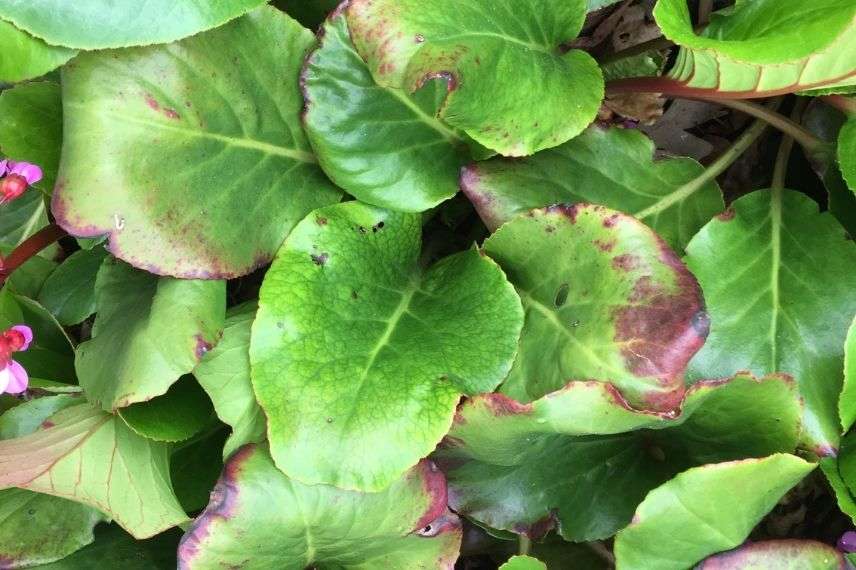 Leaf spots on bergenia leaves
Leaf spots on bergenia leaves
Prevention
The presence and proliferation of the fungus is particularly common in warm, humid climates. For prevention, maintain proper planting distances between plants and your bergenia specimens. Also, ensure well-ventilated locations to allow air circulation and prevent moisture from stagnating on the foliage. Similarly, avoid wetting the foliage of your bergenia during watering.
Do not cultivate bergenias in an area previously affected by cryptogamic diseases.
When pruning, always disinfect your tools beforehand to avoid contamination between plants. Immediately remove plant debris without allowing it to decompose at the base of the plant, to prevent any risk of fungal proliferation.
Overall, good growing conditions promote plant health, making them naturally more resistant to pest attacks and diseases.
Natural Solutions
At the first signs, gradually remove the affected parts. This will limit the risk of fungal spread.
There are no truly curative treatments for fungal diseases. However, certain plant manures are known for their fungicidal properties, which may have a preventive effect and also help reduce fungal proliferation. Find our tips in the articles “How to make horsetail manure?” and “How to make nettle manure?”.
For further reading: “Everything you need to know about cryptogamic diseases.”
- Subscribe!
- Contents
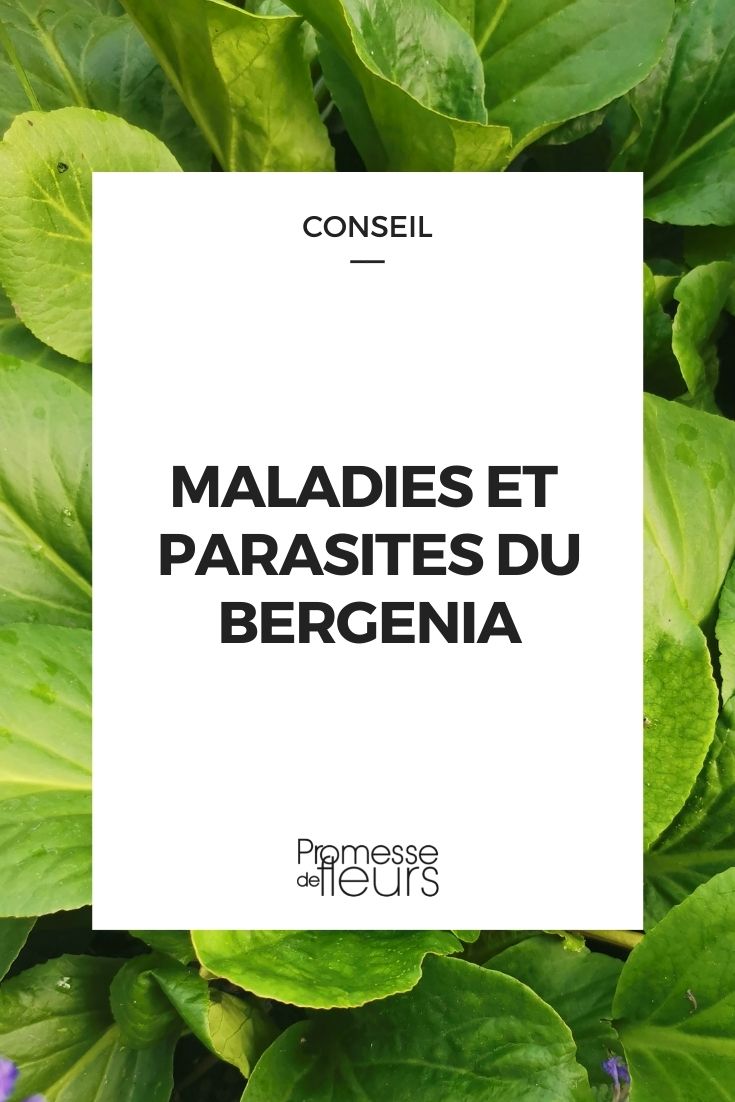































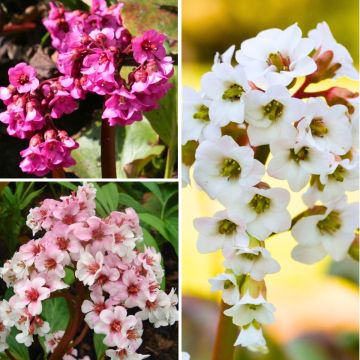
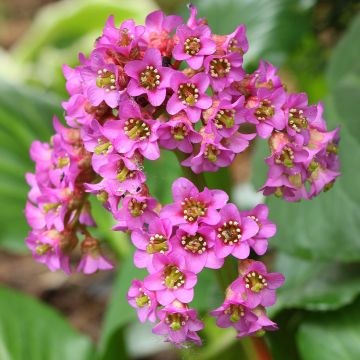
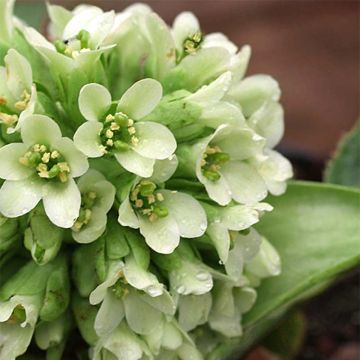
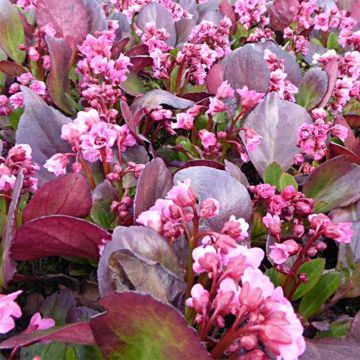
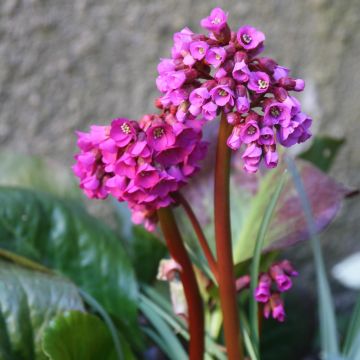
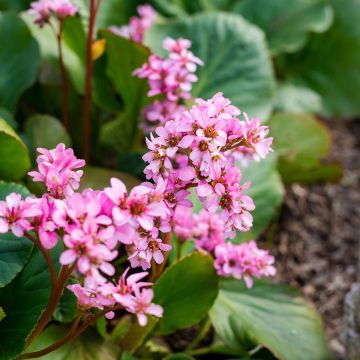


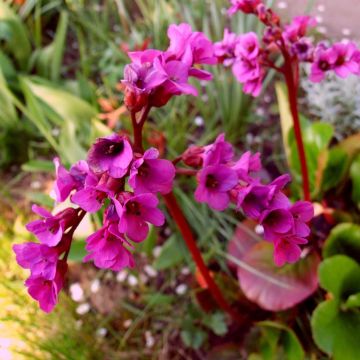

Comments